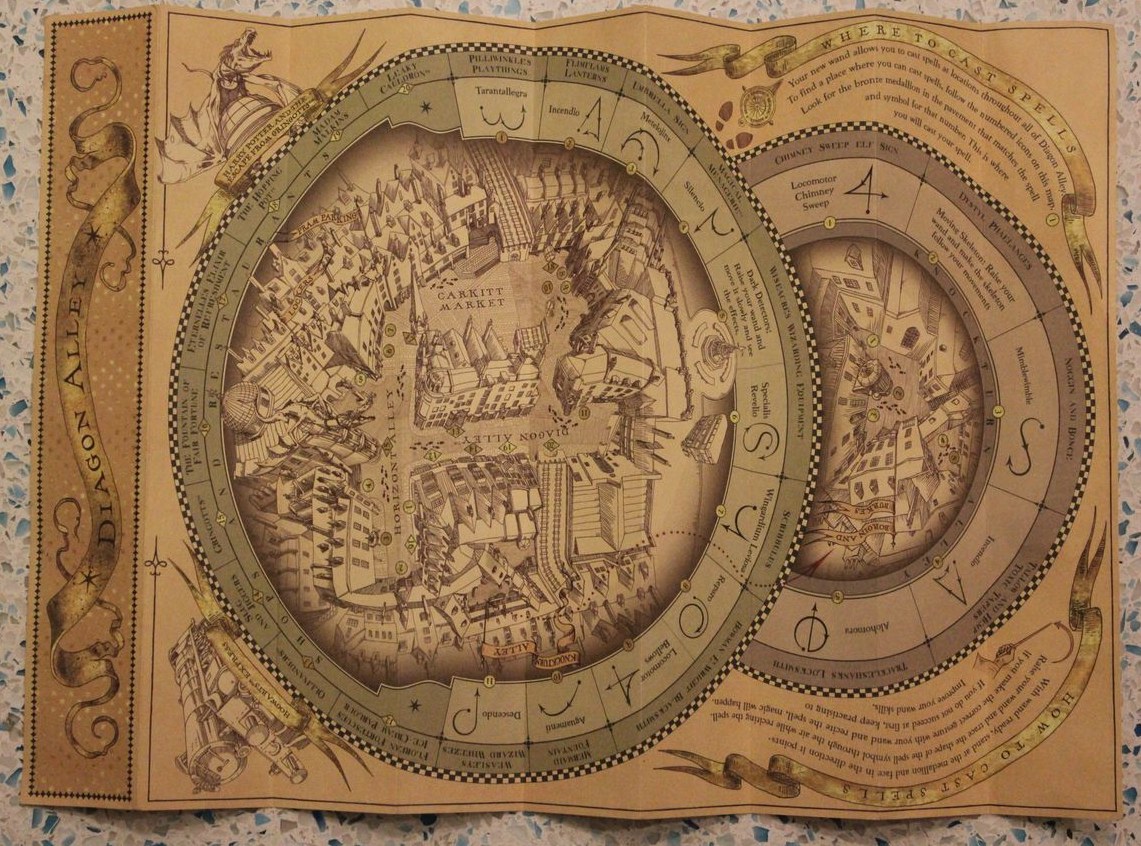
Melee combat feels overly button mashy and you often find yourself wildly swinging, sometimes in the wrong direction, until the enemy hopefully goes down first. It’s unfortunately in the combat that Two Worlds II has most of its failings. In that scenery you’ll find your usual fare of animals, monsters, and undead bent on your demise. The main character was grating at first, but after a while he grew on me, save for the repetitive things he yells during combat. The orcs almost whisper but the prophetess is turned up to 11, which jarred me to the point of adjusting my volume in between conversations. Unfortunately the voice acting is on the poor side of average, with some really bizarre volume differences. It’s easy to phase out after hearing for a while, but it does a good job of bringing you one step closer into the game.

The developers did an excellent job of making the natural environment seem just that – natural.Īdding to the look of the game is the simple but strong score, which augments whatever place you happen to be in. Everything looks crisp, clean, and incredibly vibrant. If there is one place Two Worlds II shines, it is in the presentation of the environment.

There is a lot of ground (and water) to cover, and a good amount of optional dungeons to find (more on them later).

This is really noticeable when you’re trying to get on a horse and you find yourself pseudo-floating through the air rather than just getting on.Ī minimap and detailed overhead map give you a good sense of where you’re going, and you definitely need it in the large overworld of Two Worlds II. Jumping for some reason feels like you’re stuck neck-deep in mud, and really feels out of the place with the rest of the controls. The first thing you’ll notice after creating your character through the standard-issue character-generator-thingy is that the game feels pretty responsive, save for jumping.


 0 kommentar(er)
0 kommentar(er)
